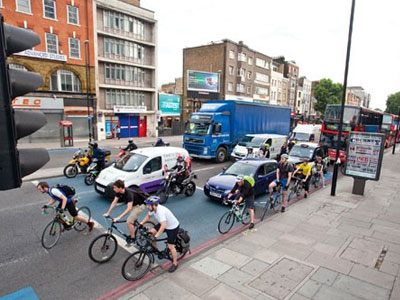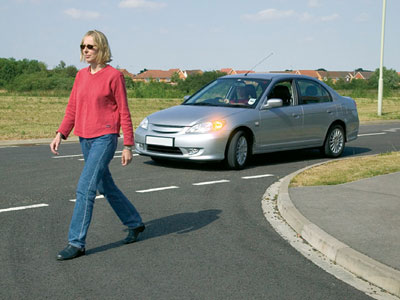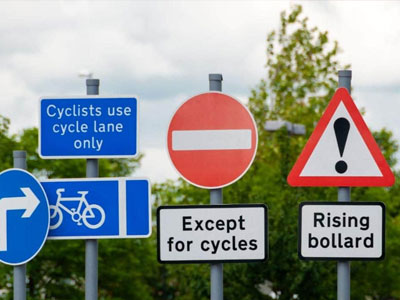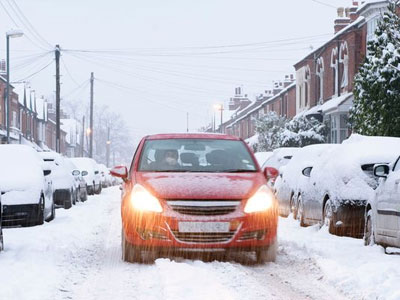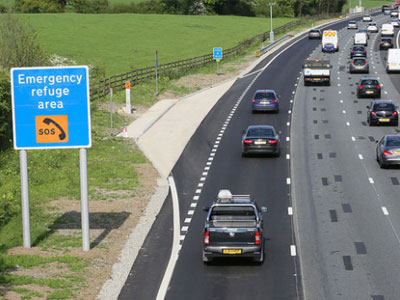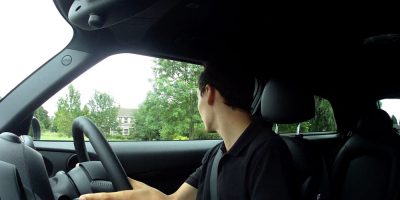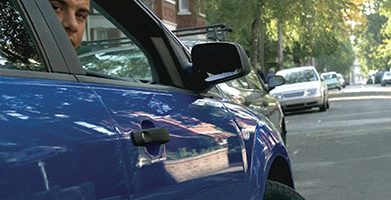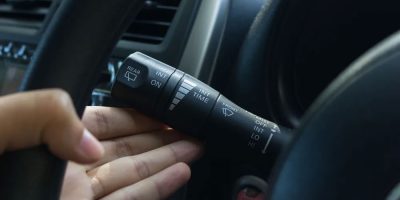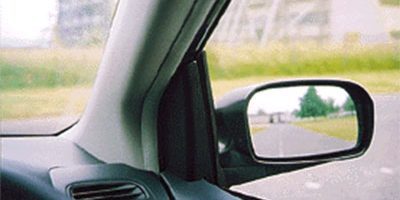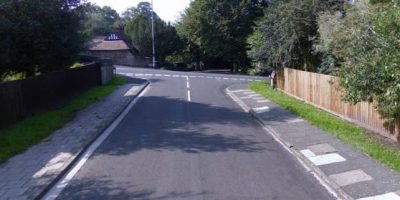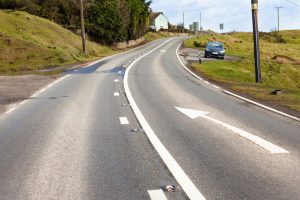Observation and Awareness
Contents
Your surroundings
It’s important to be aware of your surrounding while driving. This includes:
- other road users
- pedestrians
- signs and road markings
- weather conditions
- the area you’re driving through
While driving, scan the road ahead of ahead and to your sides. Continue to assess the changing situations as you drive.
Moving off
Highway Code Rule 159–161 The Official DVSA Guide to Driving Section 4
How to pull away safely:

Blind spot
blind spot
an area around your vehicle which you can’t observe when driving, even using your mirrors.
Watch the following useful video about blind spots:

Mirrors
You should check your mirrors:
- Before moving – you should use both the interior and exterior mirrors to check that the road is clear. Look around to check the blind spots and, if necessary, give a signal to warn other road users of your intentions.
- When driving – check your mirrors regularly, particularly as soon as you spot a hazard. What’s happening behind may affect your response to hazards ahead.
- When stopping – before pulling up, check the mirrors to see what’s happening behind you. Also assess what’s ahead and make sure you give the correct signal if it will help other road users.
When to check your mirrors:

Getting a clear view
What is peep and creep? Watch the following video:

Being seen by others
It’s important for other road users to know you’re there.
- Switch on your lights on when it starts to get dark, even if the street lights aren’t turned on.
- Where you can’t be seen, such as at a hump bridge, you may need to sound your horn.
If you’re following a large vehicle, stay well back. This will help the driver to see you in their mirrors. Staying back will also help you see the road ahead much more clearly. This is especially important if you’re planning to overtake the vehicle.
Overtaking
How to overtake safely:

Observation is essential when you’re overtaking another vehicle. Make sure you can see the road ahead clearly. Look out for:
- vehicles coming towards you
- whether you’re near a junction – vehicles could come out of the junction while you’re overtaking
- whether the road gets narrower – there may not be enough space for you to overtake
- bends or dips in the road, which will make it difficult for you to see traffic coming towards you
- road signs that mean you must not overtake.
Before you overtake, check that
- it’s safe, legal and necessary
- you have enough time to complete the overtaking manoeuvre.
Highway Code Rule 162–163 Highway Code Rule 165 The Official DVSA Guide to Driving Section 7 Know Your Traffic Signs Page 64

